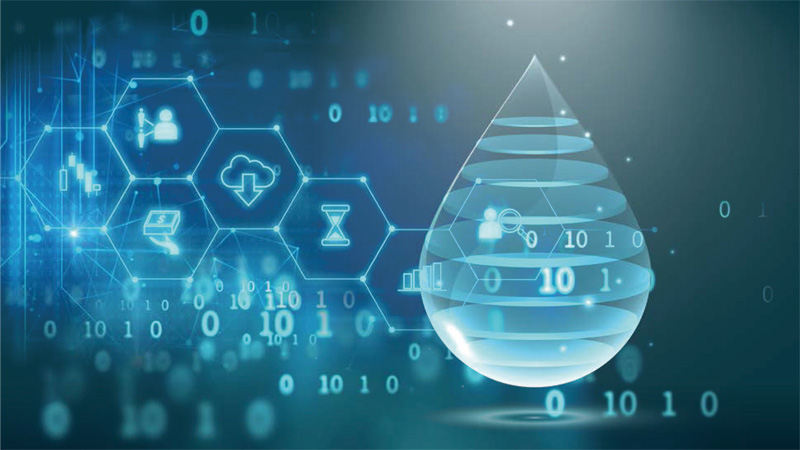
Global pressures on water utilities are varying from region to region on water availability, usage and wastage. The most significant factor that utilities across regions faces regularly is the huge volume of water losses, which represents the water that isn'nt accounted for despite necessary resources applied by them. High volume of water wastage and unviable usage patterns are not just a domestic issue that the world is facing, agricultural practices, industrial and commercial consumption are adding to the issues of water sustainability. In the agriculture sector, water is being wasted due to inefficient irrigation systems, commercially, the volume of water is being used at times and places when not required and domestically, the smallest of problems such as leaking pipe causes for some water wastage. The old and aged distribution network also contributes to huge losses.
In this context, it's now time to think deeply with matching solutions to consider the obstacles coming into being and not only how to address it, but also turn it into opportunities that benefit businesses, customers and the environment. From taking action oriented efforts to considering how smart technologies can be introduced and managed while creating opportunities will be in focus in the coming years.
Smart water network solutions improve the reliability of physical water infrastructure by collecting and analysing data more efficiently for effective decision making and operational management. The use of Internet of Things (IoT) devices and data analytics not only help to monitor water activities and generate real-time data to better manage infrastructure and reduce non-revenue water losses, but also support important changes to the ways water utilities and companies operate. Smart end-to-end water networks offer businesses the opportunity to improve productivity and efficiency while enhancing customer service. The implementation of smart water network combined with AMI leak detection technique can majorly reduce the amount of revenue lost due to leakages and wastage, as well as water wastage overall.
Smart water networks have been on special focus worldwide as new challenges being faced from higher percentage of water losses to severe and extreme water scarcity in both developed and developing countries. With new instrumentation option for water production, transmission, distribution, wastewater collection, and consumer end-point; implementing these technologies can improve the efficiency and reliability of water networks, but with myriad options, utilities need guidance on which technologies are most suitable to their needs and how they should be implemented.
Water utilities across the globe are using sensors in their networks of pipes and junctions in an effort to detect leaks. Sensors have been used for years to some extent but with the water scarcity and increasing supplies to meet the demand, water utilities are under tremendous pressure to control the loss, plug the leaks and make water available and accountable. The advanced sensors use accelerometers, the same technology that detects movement on smartphones as it pick up vibrations that may be associated with a leak somewhere along the length of a pipe.
The other advance technology that helps to make water pipes smart is narrowband internet of things (NB-IoT) communications, a means of transmitting signals from thousands of remote sensors that uses just a small part of bandwidth to do so. It is very effective in leak detection as pipe sensors sends far more frequent updates to a central control system without draining their batteries which has several years of lifetime capacity.
Water utilities in several countries are putting NB-IoT acoustic logger sensors around its network that are designed to wake up at the designated time when water supply begins in the city to record audio from a pipe and transmit the same to a central control system. Should a leak be heard, the system can calculate roughly where it might be along the selected length of a pipe based on the speed at which sound travels through the pipe's material. The collected data gets sent to the software which compares it with neighbouring loggers to see if two loggers have heard the same noise. It helps the engineers managing the operations at the control unit to take informed and precautionary measures before the leak could become a problem.
An intelligent water network is the most desirable solution to address the challenges water utilities are facing that is becoming severe with the passage of time. In order to make a water supply intelligent, it is necessary to have effective control on the supply system with proper consideration to available source, water pressure, and water quality and contamination issues. The challenges are to streamline the operation, maintain and increase safety of the supply network and water quality, and at the same time protect the environment and water source. An intelligent water network concept incorporates smart supervisory control, instrumentation, information management and water treatment systems that are linked to solve problems and provide a formidable solution that balances people and the environment.